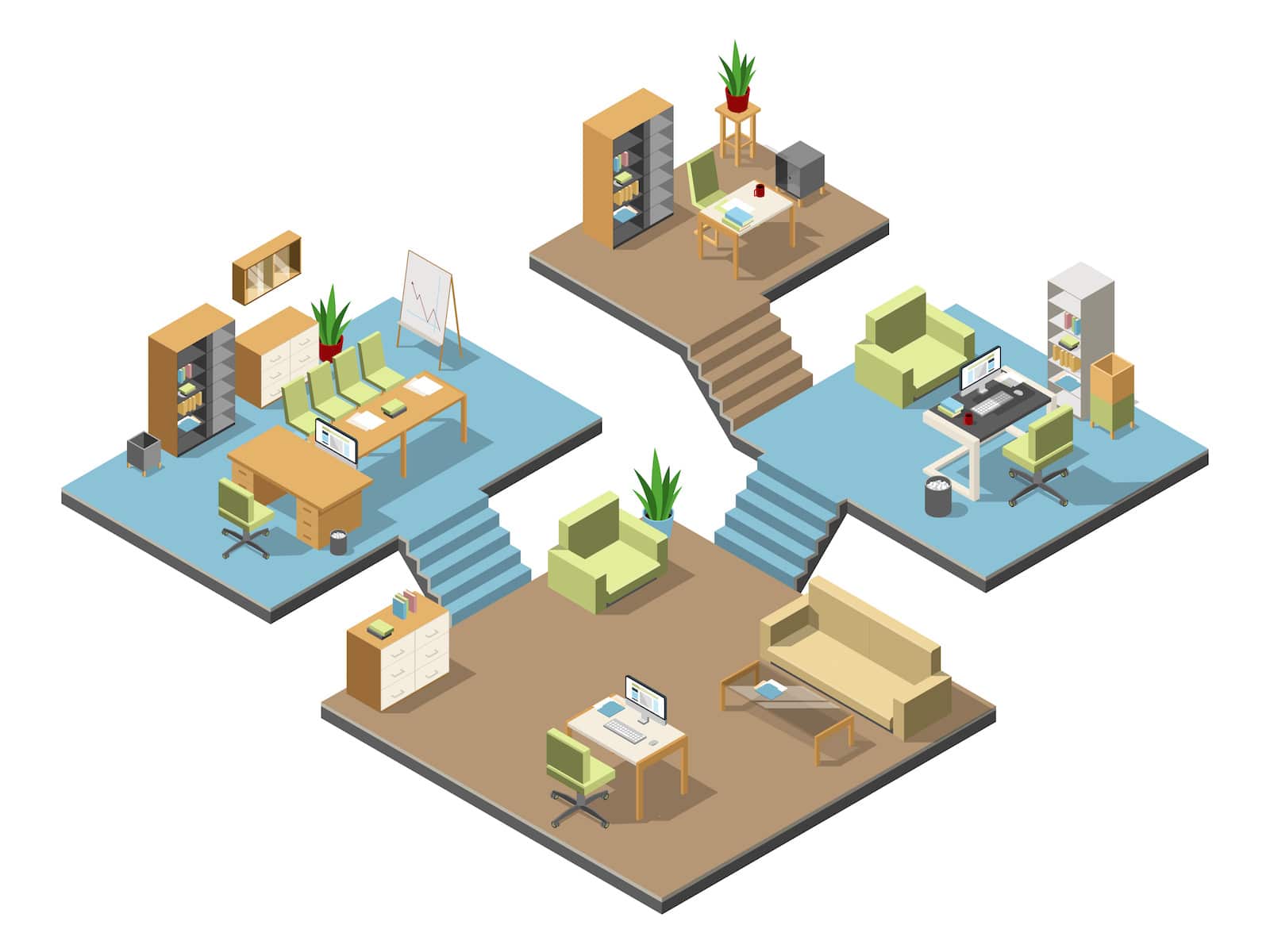A 2016 global survey highlighted that one of the key barriers preventing widespread usage of indoor positioning services is the lack of interoperable solutions and practices. The results, published in a white paper, showed that more than 80% of respondents cited interoperability as either “important” or “very important.”
The results underline one of the key issues facing the occupancy and location based services industry. To address the need for interoperable solutions and practices for indoor positioning, the key consortiums are working in multiple international communities seek the widespread adoption of effective standards for accessing and using indoor maps.
“Improved standards encourage interoperability, facilitating the implementation of solution and platforms that can support hardware from a variety of suppliers, as well as improving the ability of end users to integrate data outputs with existing enterprise and building systems operations,” explained our recent report: Occupancy Analytics & In-Building Location Based Services 2017 to 2022.
A variety of standards have emerged in recent years, from leading consortiums and organisations in the sector:
The ISO/IEC 24730 series is issued by the International Organization for Standardization and the International Electrotechnical Commission. It addresses standardization on the most basic issues of real time location services (RTLS). The primary standard ISO/IEC 24730-1 identifies the terms describing a form of RTLS used by a set of vendors, while real time location for a variety of bandwidths are covered by the range of standards series.
The Mobile Location Protocol was defined in 2013 by the Open Mobile Alliance Location Working Group, part of the Open Mobile Alliance (OMA). It provides a standard protocol between the location server and the application server to deliver a variety of reliable location enabled services. The OMA Location Working Group plays a vital role in End-To-End Architectural applications and content interfaces, including privacy, security, charging, billing, and roaming for location services.
The IndoorGML Encoding Standard was released by Open Geospatial Consortium (OGC) in 2015. IndoorGML focuses specifically on modeling indoor spaces from a navigation viewpoint. As an application schema of the OGC Geography Markup Language (GML) Encoding Standard, IndoorGML enables better integration of indoor navigation and outdoor navigation systems than many alternatives.
The OGC is an international geospatial standards consortium of more than 525 companies, government agencies, research organizations, and universities participating in a consensus process to develop publicly available standards. “OGC standards support innovative, interoperable solutions that ‘geo-enable’ the Web, wireless and location-based services, and mainstream IT,” our report explains.
The ITU-T F.921 standard was developed by a London-based non-profit organisation called Wayfindr and approved by by the International Telecommunications Union. Wayfindr want to empower vision impaired people to overcome isolation, through audio based navigation and have created the world’s first internationally-approved standard for accessible audio navigation.
“The aim is that this Open Standard will help lower the barrier for built-environment owners and digital navigation services to make their environments, products and services inclusive from the outset as we continue to weave technology into our cities,” our in-depth report explains.

These standards are crucial to fostering interoperability in the sector but, as the survey shows, more still needs to be done. Another key issue is the lack of available indoor maps, which further limits the potential and opportunities that location-based service can unleash. This problem was addressed in June last year when the InLocation Alliance, OGC and the i-Locate Project released the landmark Global Statement for Indoor Maps as Accessible Open Data.
“This Statement aims to foster global development of indoor public space venue maps as Open Data to unleash opportunities for indoor Location Based Services (i-LBS),” our recent report highlights. “The statement recommends that i-LBS be based on indoor maps which are readily accessible via agreed open standards, and which are made available as open data where possible.”
The development and proliferation of open indoor venue maps offers great benefits as the basis for i-LBS but can also serve other important purposes. The emergency services, for example, could equip their responders with detailed digital mapping of the indoor environment, helping them serve and protect the public better while also making the responders themselves safer.
With further development of standards and a large base of open indoor mapping data, the location based services sector can spur a new wave of in-building applications. Such a development could add an intelligent data layer to both smart buildings and dumb ones. The sector will hope recent cooperative actions will lead the way to expanding this promising space.
[contact-form-7 id="3204" title="memoori-newsletter"]



